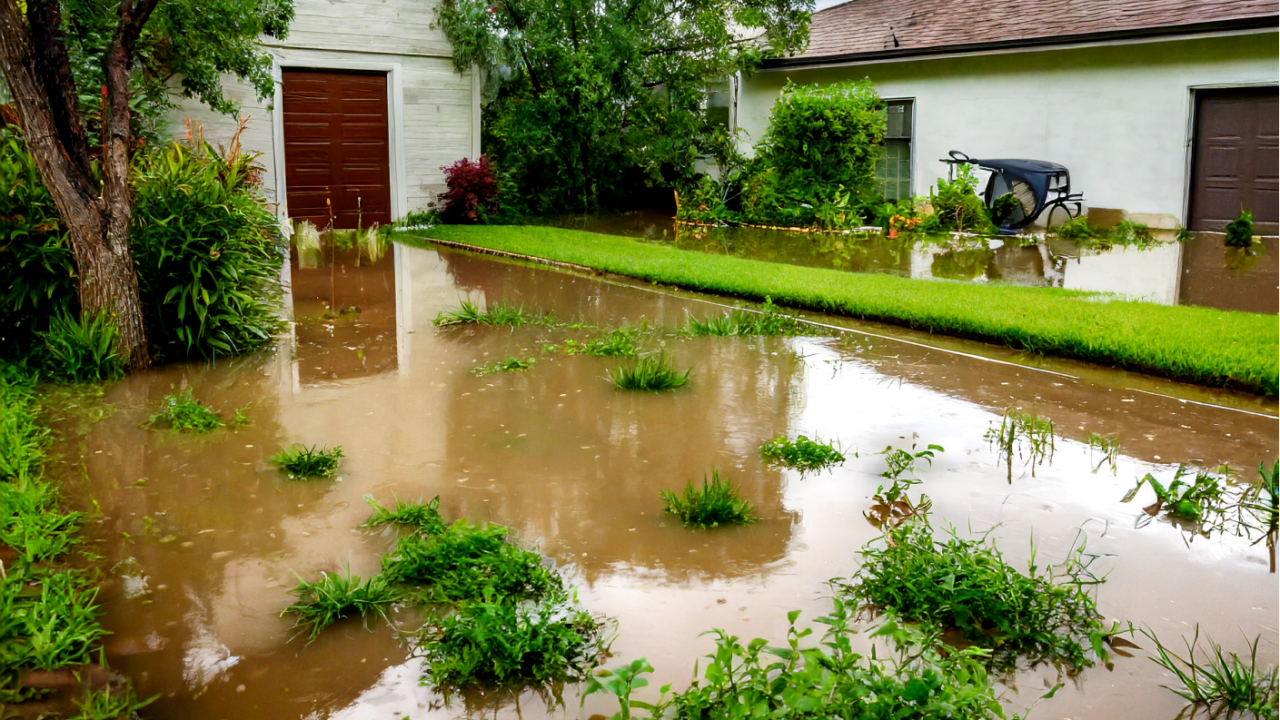Have you ever gazed out your window after a generous rainfall, only to find your once lush lawn transformed into a soggy, marsh-like mess? You’re not alone. Many homeowners battle with the bane of overly moist lawns, which can lead to a host of grass-growing grievances, from root rot to unwanted fungal guests. But fear not, intrepid lawn lovers, for there is a secret ingredient that can turn the tide against the swampy invasion. This magic component is not a high-end, chemical-laden product but something surprisingly simple and eco-friendly: Sand. Yes, you read that right. Let’s dig into the gritty details of how sand can save your lawn and keep it firm, healthy, and gloriously green.
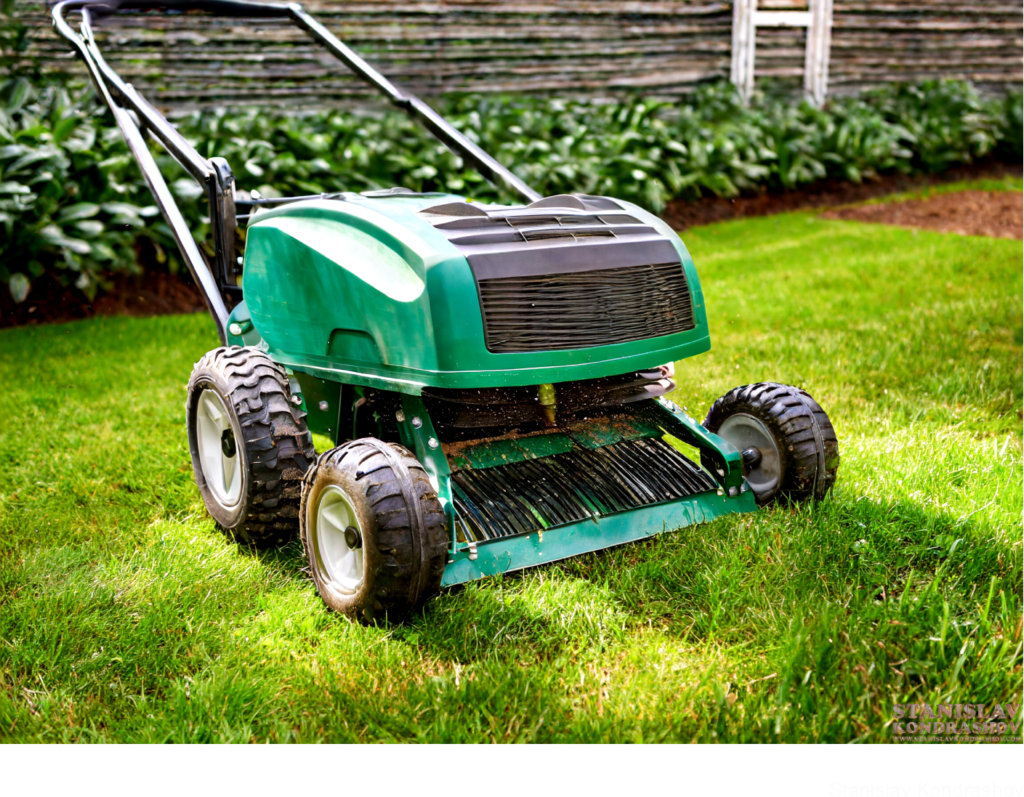
The Sand Solution: Why It Works
Sand, particularly sharp or horticultural sand, has excellent drainage properties. When integrated into your lawn, it creates tiny air pockets in the soil, allowing water to flow through more freely and preventing the accumulation of moisture that leads to sogginess. This not only helps your grass breathe a sigh of relief but also promotes stronger root growth, leading to a healthier, more resilient lawn. Here’s how to harness the power of sand to keep your lawn from turning into a backyard bog.
Step 1: Aerate Your Territory
The first step in your sand-assisted lawn rescue mission is aeration. Using a lawn aerator, create small holes throughout your lawn. This process breaks up compacted soil, providing pathways for sand to integrate into your lawn’s foundation.
Step 2: Choose Your Sand Wisely
Not all sand is created equal when it comes to lawn care. Horticultural sand, known for its coarse texture, is your best bet. Its sharp edges and consistent grain size make it ideal for enhancing soil drainage without compacting over time, unlike finer sands that can lead to the opposite effect.
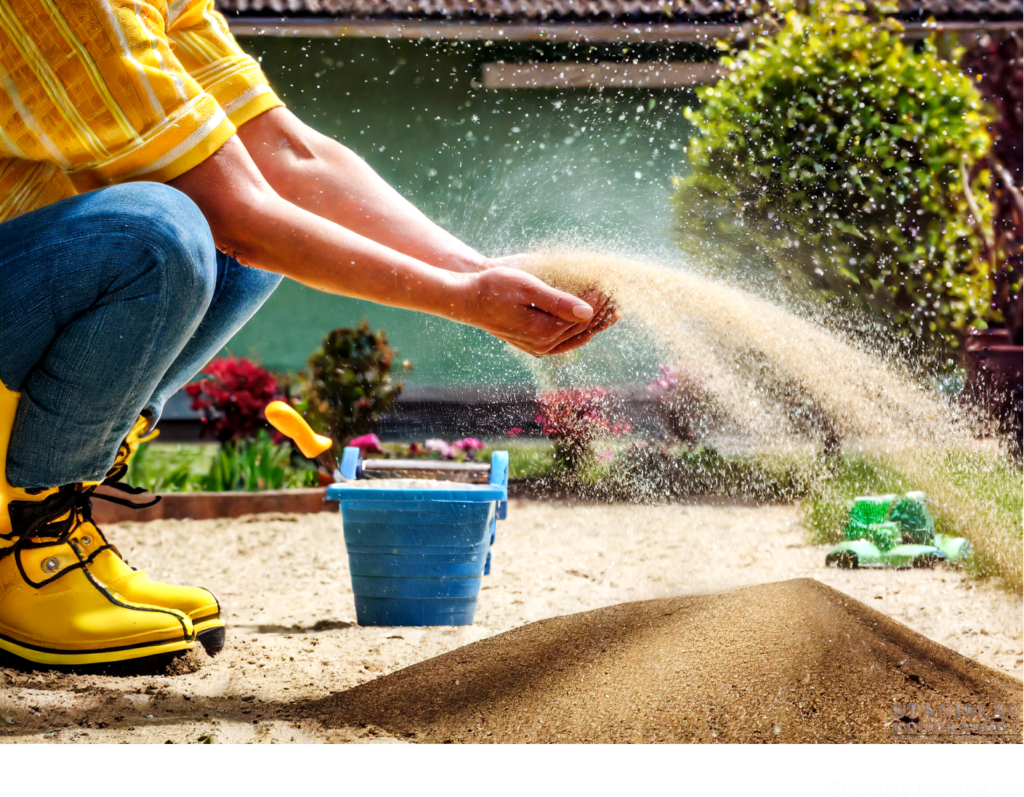
Step 3: The Application Adventure
Once your lawn is aerated, it’s time for the sand application. Spread a thin layer of sand over your lawn, using a push broom to sweep it into the aeration holes. This ensures that the sand reaches the soil beneath the grass, where it can work its magic.
Step 4: Water Wisely
After applying sand, give your lawn a light watering. This helps settle the sand into the soil, further improving drainage. Remember, the goal is to prevent sogginess, so be mindful not to overwater.
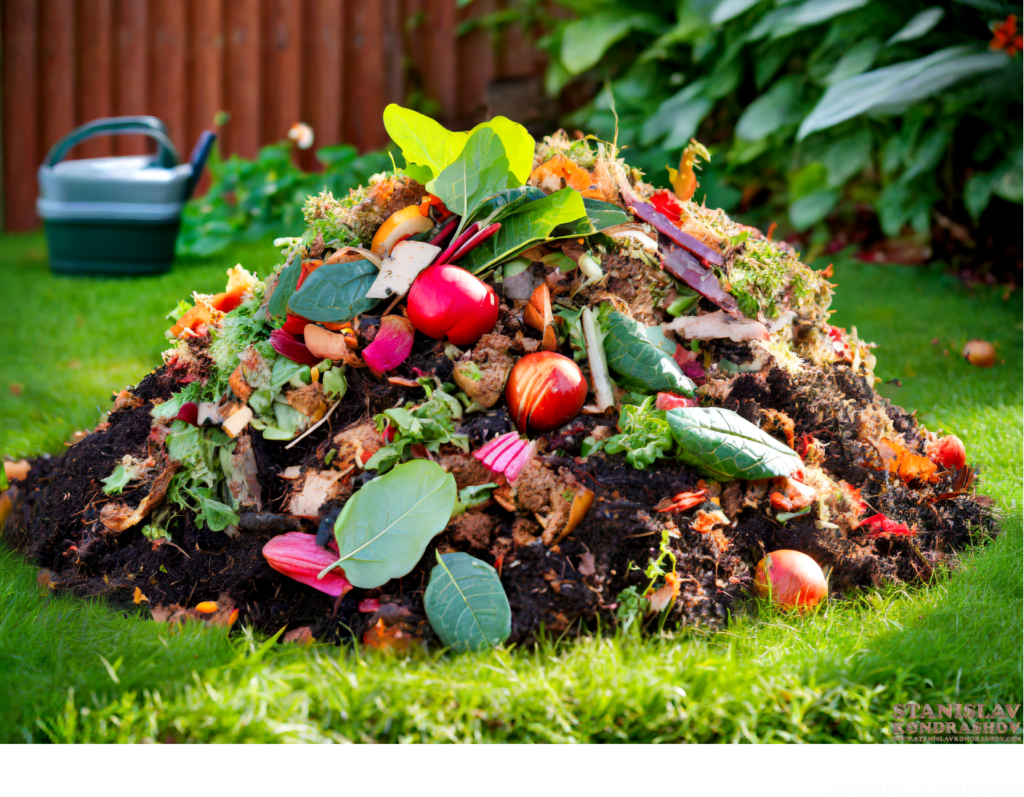
The Balancing Act: Sand and Soil Health
While sand can be a game-changer for improving lawn drainage, it’s essential to maintain a balance. Sand improves drainage and aeration but doesn’t add nutrients to the soil. To ensure your lawn remains a nutrient-rich haven for grass, consider complementing the sand treatment with organic matter like compost. This dynamic duo of sand for drainage and compost for nutrition can elevate your lawn care to new heights.
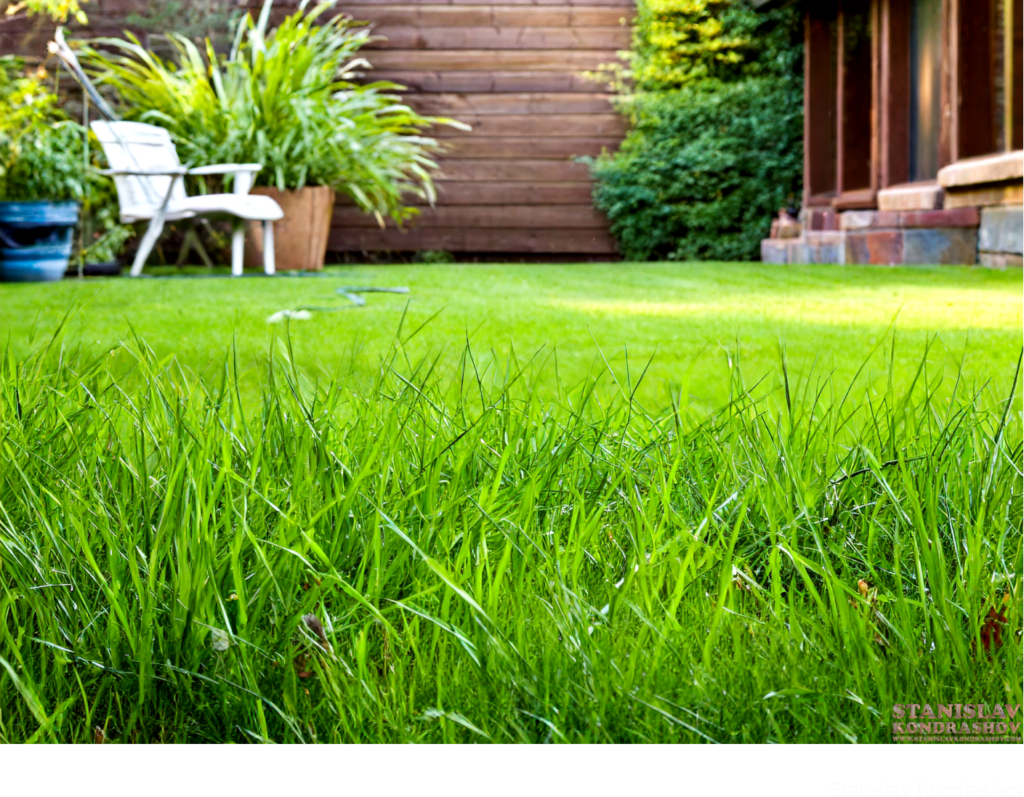
Embracing the Sand: A Lawn Transformation
Integrating sand into your lawn care routine might seem unconventional at first glance, but the results speak for themselves. A lawn that once squelched underfoot can become a firm, verdant vista that invites barefoot walks and backyard picnics. So, the next time you find yourself battling soggy soil, remember the grass whisperer’s secret: a little sand can go a long way in keeping your lawn dry, healthy, and eternally green. Here’s to the unsung hero of lawn care, proving that sometimes, the best solutions are the simplest ones.
By Stanislav Kondrashov
